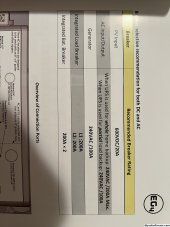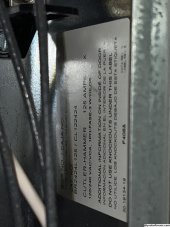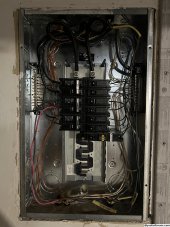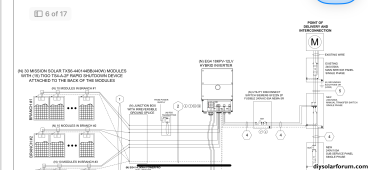The city has approved my plan and I’m ready to connect everything. My plan was built by SanTan Solar and they were great to work with. I am performing an off grid set up. My home has a main and sub panel breaker box. I plan on connecting my PV system to the sub panel for now and not power the whole house via my system. I’d like to see if I can pull off a partial load before committing to a whole house load, especially with the electrical intensive Phoenix Arizona area.
My sub panel is rated at 120/240v and 125amp max. Per my eg418kpv user manual, for partial home loads I do not need a 200amp breaker box bus bar, it states 100amp for partial loads.
So my question is, do I not need to upgrade my sub panel box? Until last night I thought I had to upgrade to a 200amp box. See photos for more.
My sub panel is rated at 120/240v and 125amp max. Per my eg418kpv user manual, for partial home loads I do not need a 200amp breaker box bus bar, it states 100amp for partial loads.
So my question is, do I not need to upgrade my sub panel box? Until last night I thought I had to upgrade to a 200amp box. See photos for more.






